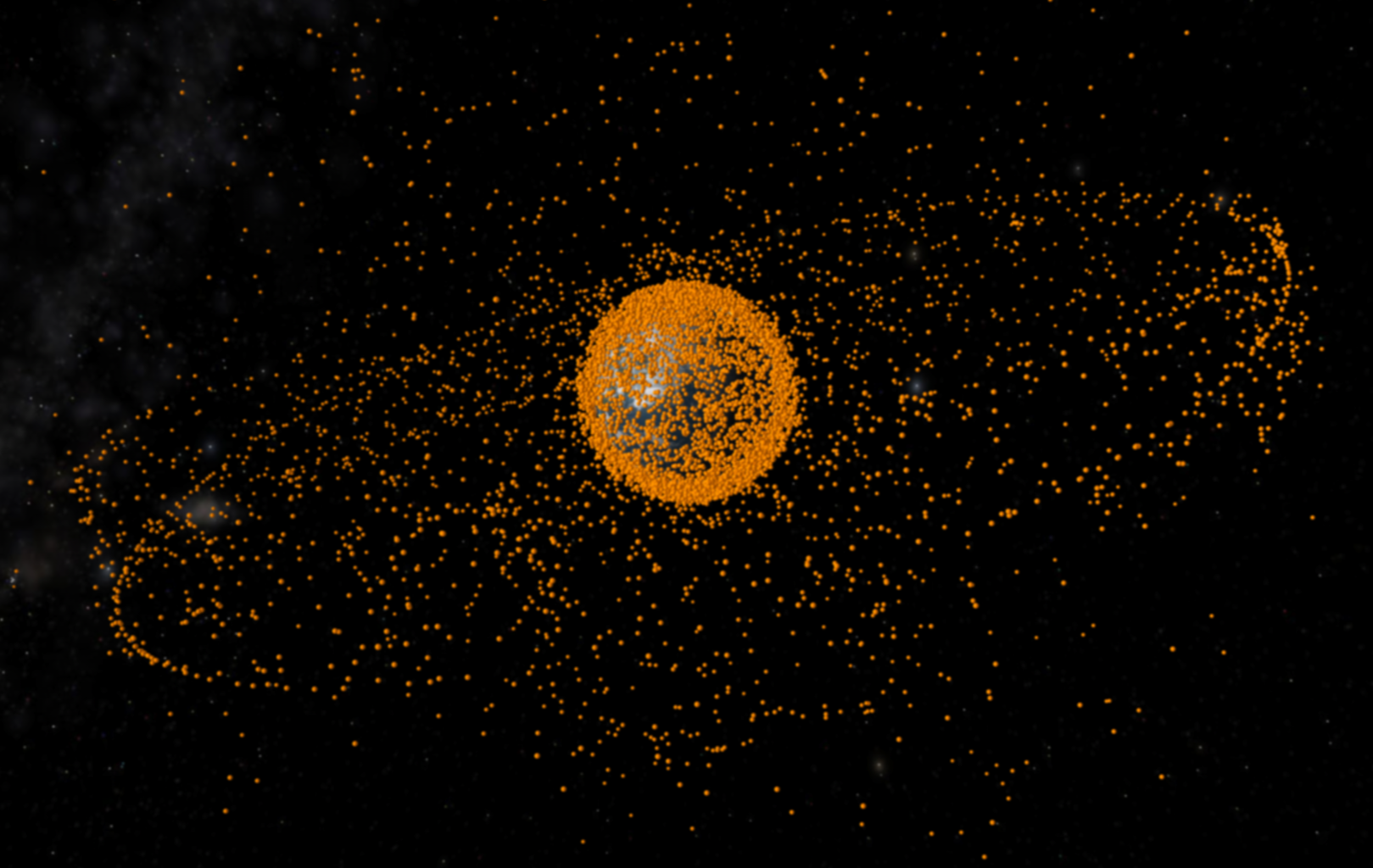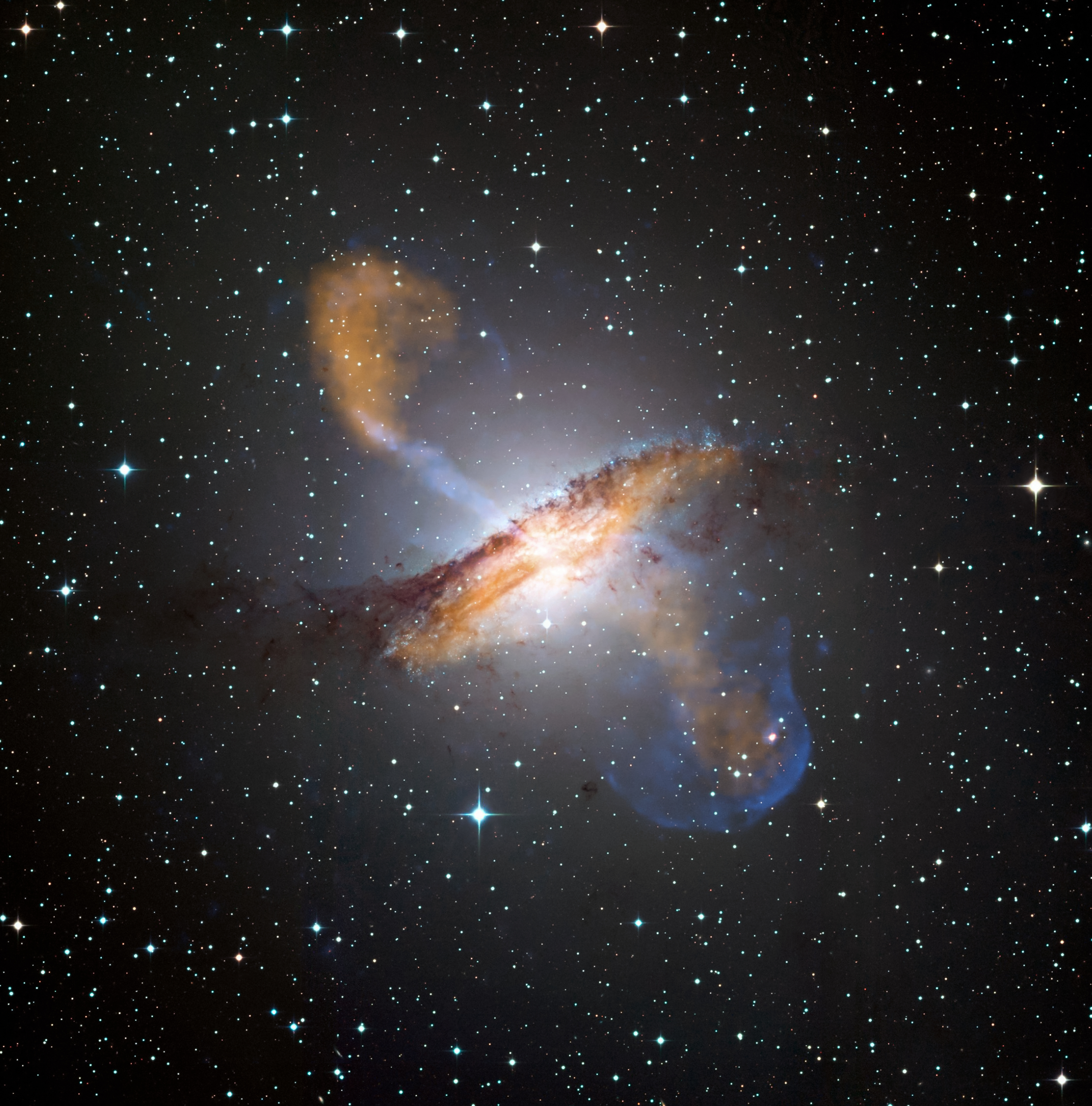The growing presence of space debris in low Earth orbit (LEO) poses a significant threat to satellites and other orbiting assets. With the emergence of mega-constellations like Starlink and OneWeb, the concern about catastrophic collisions and the potential for debris re-entry to Earth’s atmosphere has intensified. Researchers are turning to computer simulations and artificial intelligence (AI) techniques to address these challenges to enhance debris removal, collision prediction, and orbit management strategies.
One approach, described in a paper presented at the 2nd NEO and Debris Detection Conference earlier this year, involves using a “genetic” algorithm to monitor the rotational motion of space debris. Researchers aim to improve the capture and removal processes by focusing on slower-moving objects. Additionally, neural networks are being developed to anticipate and mitigate collisions in LEO. These networks are trained on historical data to identify space debris motion patterns and predict future trajectories, enabling effective collision-avoidance maneuvers for active space missions and orbiting satellites.
Furthermore, simulations using a Monte Carlo approach have been employed to assess the likelihood of catastrophic collisions within mega-constellations, such as with this paper published in the Journal of Defense Modeling and Simulation: Applications, Methodology, Technology. Historical statistics and predictive modeling have shown that the risk of such collisions is significantly higher in LEO compared to medium Earth orbit (MEO). However, it is crucial to acknowledge the limitations of AI-based approaches, as they assume that future conditions resemble present ones, potentially overlooking critical variables such as atmospheric density.
To address these limitations, continuous updates and real-time information are essential to improve the adaptability of AI models. By incorporating new debris detections and orbital changes, algorithms can better account for the evolving spatial environment. Balancing the use of AI with a comprehensive understanding of the uncertainties and challenges in space debris management will be vital for ensuring the long-term sustainability of LEO.
Overall, integrating AI and simulations into space debris monitoring, removal, and collision avoidance strategies holds promise for safeguarding satellite operations and maintaining the captivating beauty of photos from low Earth orbit. However, it is imperative to remain cautious of these technologies’ limitations and unknowns and continually refine and update them with real-world data to enhance their effectiveness.
References
- Canoy, J., & Bettinger, R. (2023). Preliminary debris risk assessment for mega-constellations in low and medium earth orbit due to satellite breakup. The Journal of Defense Modeling and Simulation: Applications, Methodology, Technology, 154851292311638. https://doi.org/10.1177/15485129231163868
- Cimino, L., Cerci, M., Rossetti, M., Zarcone, G., Mariani, L., Hossein, S. H., Bucciarelli, M., Varanese, S., & Piergentili, F. (2023). Genetic algorithm for space debris and space objects attitude motion reconstruction through optical measurements. 2nd NEO and Debris Detection Conference. https://conference.sdo.esoc.esa.int/proceedings/neosst2/paper/106
- Wells, S. (2023, July 1). AI Battles the Bane of Space Junk. IEEE Spectrum; IEEE. https://spectrum.ieee.org/space-junk-ai-cleanup











